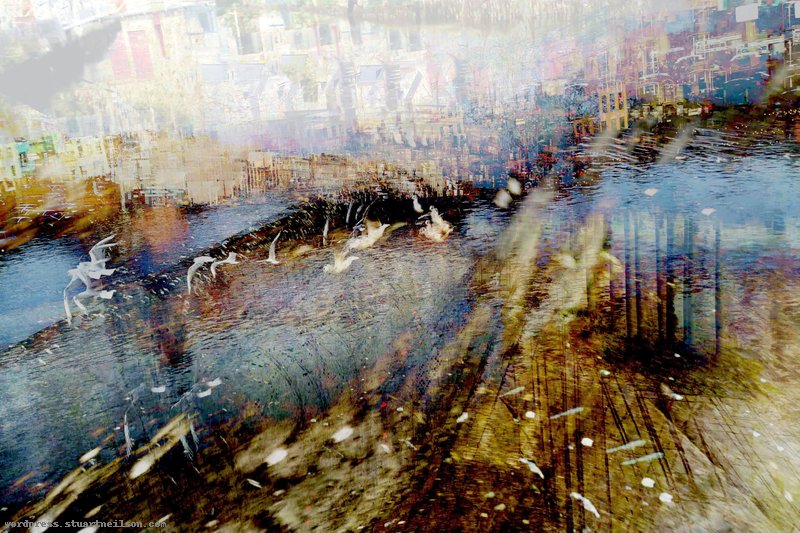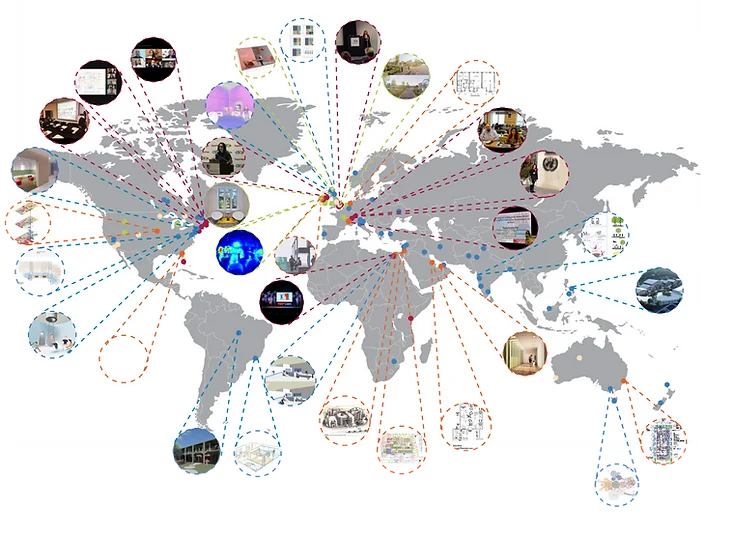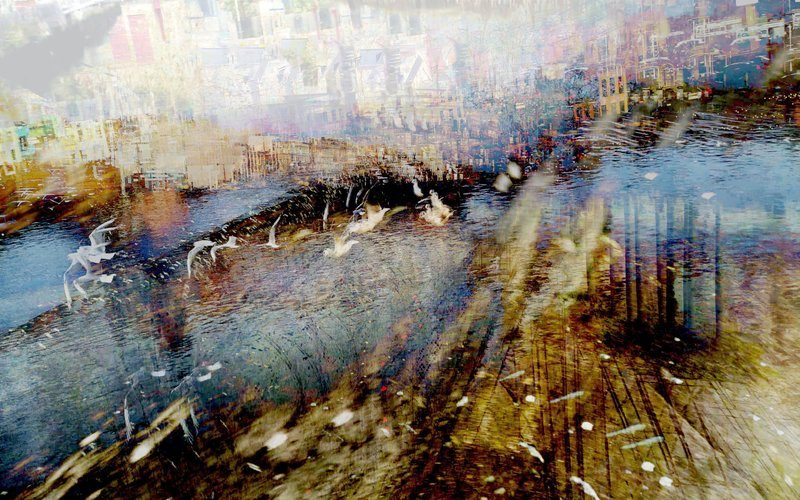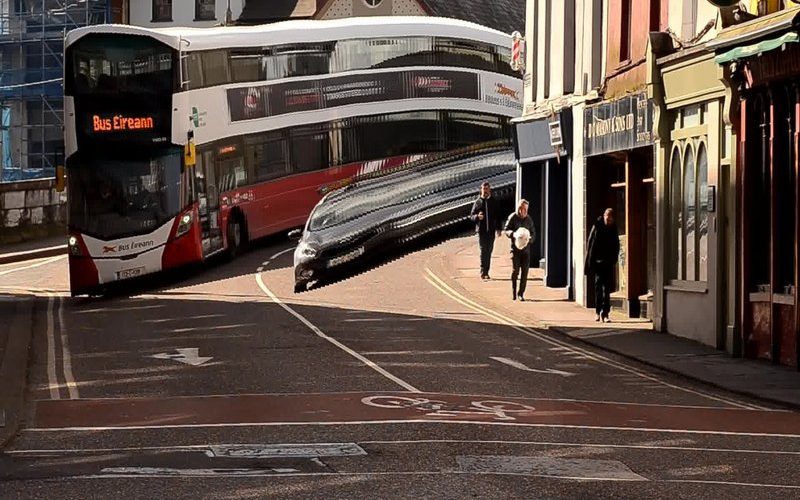
Building for A Differently Abled World / Magda Mostafa
Architecture is the source of, or canvas for, virtually all manmade sensory input and can therefore either be enabling to autistic access, inclusion and joy in its spaces- or disabling. It cannot, and is not, neutral. We must, as a profession, take responsibility for that role- understand it and develop tools to mitigate the barriers that it creates for far too many people.
What is seemingly a lofty aspiration of social justice and inclusion actually has real-life ramifications. Autistic and
neuro-diverse individuals are less healthy than their peers, partially because of the physical context of many healthcare spaces; autistic students, despite academic aptitude, drop out more often and fail to complete their education at much higher rates than their colleagues; and unemployment in the autistic community is exceedingly higher than the typical average, despite capability and skill in many potential autistic employees. The built environment in which these statistics play out can go a long way to mitigate them, and at the minimum create a stage upon which these successes can potentially unfold.

Image created by Injy Ashour, © Magda Mostafa
An estimated 1.5% of the world’s population exists somewhere on the broad spectrum of autism. For far too long this spectrum, despite its diversity and nuance, was viewed as a monolithic, pathologized condition, to be cured or treated, rather than better understood or even celebrated as an identity and an alternative, but equally valid perceptual model of the world around us. This position has since shifted to a more strength based identity first position, and as the peak cohort of individuals first diagnosed when awareness was growing in the early 2000s are now reaching adulthood, self-advocacy has become an important and increasingly heard voice in the community. But architecture must listen. Despite this growing voice, the role of the built environment as a crucial partner in the livelihood of this population continues to remain largely unchanged.

The burden of coping, adapting and managing the often overwhelming and over stimulating ubiquity of the sensory world we live in remains one for the autistic individual themselves to bear alone, while the architectural world that creates it, is largely absolved of all responsibility. This must change. As awareness grows, a sense of responsibility is following, but in many cases its actors lack the tools to create this new more accessible, sensory mitigated world, where autistic perception is part of the model considered when designing. Among these tools, and ind15.5eed one of the first research-based, is the Autism ASPECTSS Design Index which we developed through a decade of investigations and design research, and later published in 2014. Composed of 7 architectural attributes, it is nonprescriptive and provides a framework through which we can conceive of and develop our architectural spaces to be more inclusive of- and informed by- the autistic perspective and lived experience. It currently informs scholarship, research and practice in 5 continents around the world.
ITS 7 ATTRIBUTES ARE:
• Acoustics – which calls for the understanding of space beyond its visio-centricity, to something that we hear and experience with all our sensesand to design accordingly;
• SPatial Sequencing – which calls for the predictable and temporal organization of space to align with the lived dynamics of space;
• Escape spaces – which calls for the creation of a spatial infrastructure to allow for respectful sensory retreat when needed;
• Compartmentalization – which calls for the organization of spaces into sensory discrete zones;
• Transition – which provides spatial accommodation for sensory adjustment particularly when moving from high stimulation to low stimulation spaces;
• Sensory zoning – which promotes the organization of space into high stimulation and low stimulation zones;
• Safety – both static and operational, in selecting materials, designing building systems and developing access and egress strategies for example.

Recently illustrated by the development of the Autism Friendly Design Guide, this framework helps catalyze spaces that embrace the autistic perspective at their core, yet still provide for the larger neurotypical population. Anecdotal evidence has begun emerging to support the contention that these designs not only do not present barriers to the neurotypical population, but can actually benefit other large groups- those who struggle with mental health challenges such as anxiety, those with certain alternative learning profiles such as Attention Deficit Disorder and Attention Deficit Hyperactivity Disorder, particularly in learning spaces, as well as the aging population that may struggle with similar sensory issues and cognitive challenges where they intersect with Dementia and Alzheimer. A starting point for the needed paradigm shift in architectural thinking is the autistic perspective itself. We must expand our definition of the user model to include this different but equally valid vantage point, learn from it, embrace it and allow it to shape our future spaces. We must create space for the autistic voice in the architectural conversation and receive it, not with ears of empathy or sympathy alone, but ones of responsibility to include, learn from, embrace and celebrate.

There is power to this voice that resonates to serve much farther than the autism spectrum. The autistic perspective can teach us so much: that the world can still be understood from the reduced image of a shadow or reflected silhouette; that the ubiquitous visual commodification of our spaces can be disabling for some creating a barrier to a student trying to learn, a pedestrian trying to commute and an employee trying to work; that the world around us presents far too much unnecessary sensory input and yet the very minds that it overwhelms can also provide us the insight into better comprehension and visualization of them. I believe no one has the right to exist more comfortably, safely or effectively in space than anyone else, and it is our responsibility as architects to create the built landscape that affords this comfort, safety and efficacy to everyone- the entire spectrum of the human condition.
Magda Mostafa for IQD

